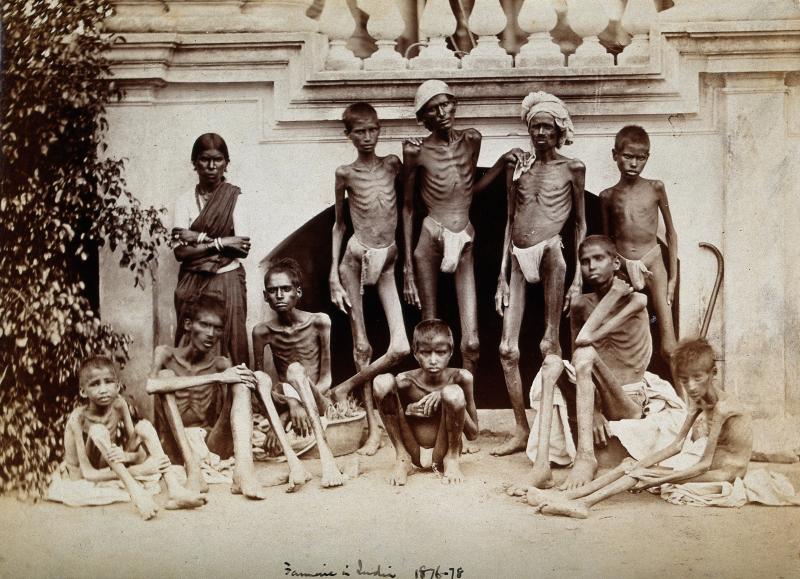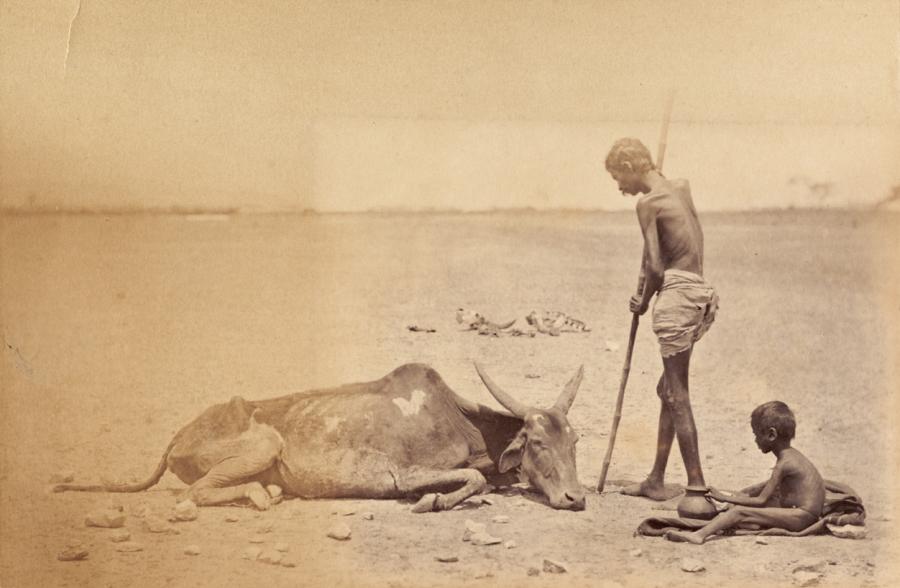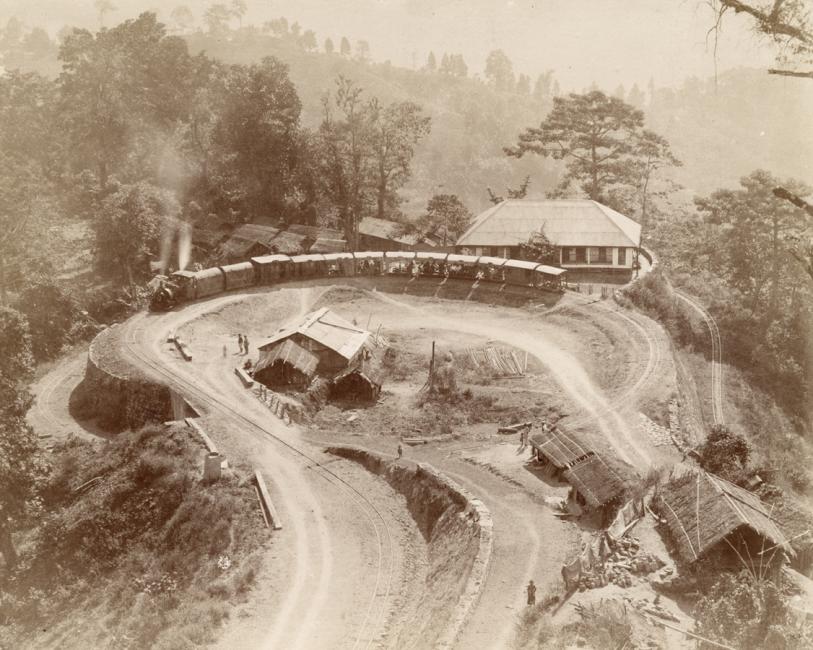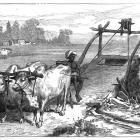Environmental justice

A group of emaciated young men wearing loin cloths and a woman wearing a sari.
A group of emaciated young men wearing loin cloths and a woman wearing a sari.
This work is licensed under an Attribution 4.0 International (CC BY 4.0) License. View image source.
 This work is licensed under a Creative Commons Attribution 4.0 International License.
This work is licensed under a Creative Commons Attribution 4.0 International License.
For a variety of reasons, many historians view the immense human impacts of late nineteenth century famines in India as primarily a consequence of cultural rather than environmental factors, primarily resulting from the changes implemented under British colonial rule. As a result, these famines can be seen as not only an example of environmental history, but also an issue of environmental justice. As an initial indication that British rule may have contributed to the impact of famines during this period, the number of famines between 1850 and 1899 is higher than in any other 50-year period in the pre-colonial times from the eleventh to the late eighteenth century, when Britain established its dominance as colonial power in India.
Regardless of whether British rule caused the famines, British development and policy played a role in its human impacts. For example, a large network of railroads was developed during the period in which the famines occurred, but the railroads were used to transport grain to coastal cities for export, rather than to relieve famine-stricken regions.
Further, under colonial agricultural reforms, many agricultural areas were converted to export crops rather than food crops. New colonial rules restricted access to forests that the native population had previously used for supplemental food in times of shortage. Finally, long-established systems of subsistence farming—in which neighboring communities would assist each other and strong harvests were stored in preparation for lean years—were unraveled due to new economic systems. Citing all of these changes, some historians—already in the nineteenth century and some contemporary voices—describe the famines as a crime perpetrated by the British rather than as a natural event.

The Gateway of India, a monument from the British Raj period (1924), welcomes arriving travellers at the waterfront in the harbour of Mumbai (formerly Bombay)
The Gateway of India, a monument from the British Raj period (1924), welcomes arriving travellers at the waterfront in the harbour of Mumbai (formerly Bombay)
Photo by Vinay Lal
View source.
This work is used by permission of the copyright holder.
Regardless of the much-studied questions of blame and injustice, the impact of famines cannot be explained by environmental factors alone. Instead, the events serve as a harrowing example of unstable interaction between natural and human systems. This exhibit focuses on some of the key elements of this interaction, including land ownership and access rules, agricultural practices, systems of domestic and international trade, transport infrastructures, changing weather, government responses to the disasters, diseases and epidemics, and cultural responses in the local population.
To view the caption and the source information, please click on the i in the upper left part of the image.

Inmates of a relief camp during the famine 1876-1878 in Madras, Tamil Nadu, South India.
Photo by W. W. Hooper. Used with permission of the Royal Geographical Society (with IBG), No. S0002004.
This work is used by permission of the copyright holder.

Showing the plight of a starving cow with its shepherds in Bellary District, Madras Presidency, during the Great Famine, 1876-1878.
Used with permission of the Royal Geographical Society (with IBG), No. S0001995. Photo by W. W. Hooper.
This work is used by permission of the copyright holder.

Famine sufferers during the Madras famine, 1876–1878 - Tamil Nadu, South India.
Used with permission of the Royal Geographical Society (with IBG), No. S0002009. Photo by W. W. Hooper.
This work is used by permission of the copyright holder.

A double loop on Darjeeling Hill railway - West Bengal, East India
© Royal Geographical Society (with IBG), No. S0002418. Photo by Johnston & Hoffman.
This work is used by permission of the copyright holder.

The famous Victoria Station (Chhatrapati Shivaji Terminus) in Bombay.
Uncredited Photographer.
 This work is licensed under a Creative Commons Public Domain Mark 1.0 License.
This work is licensed under a Creative Commons Public Domain Mark 1.0 License.







- Previous chapter
- Next chapter


















